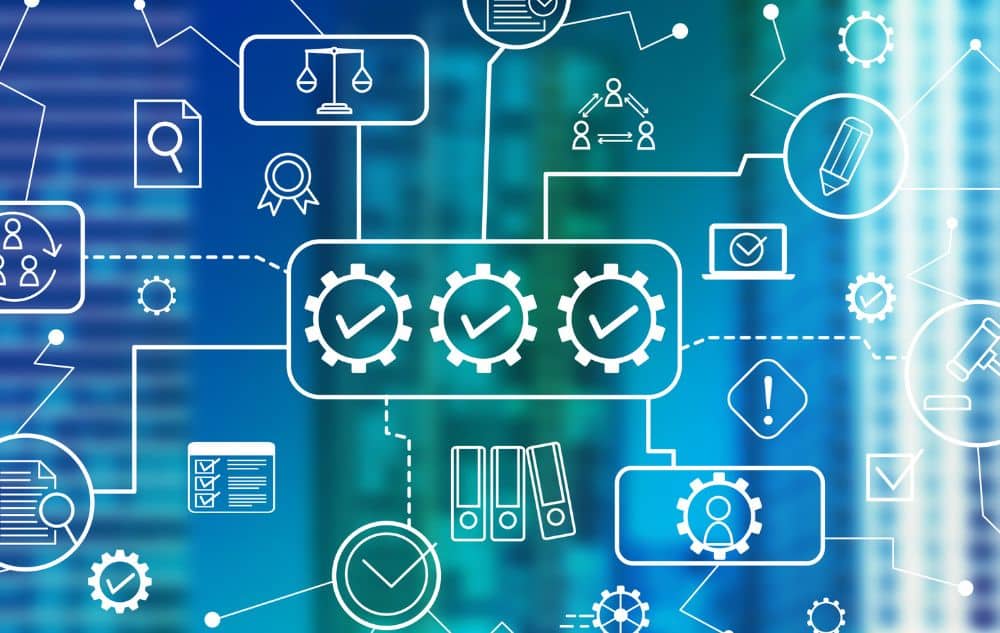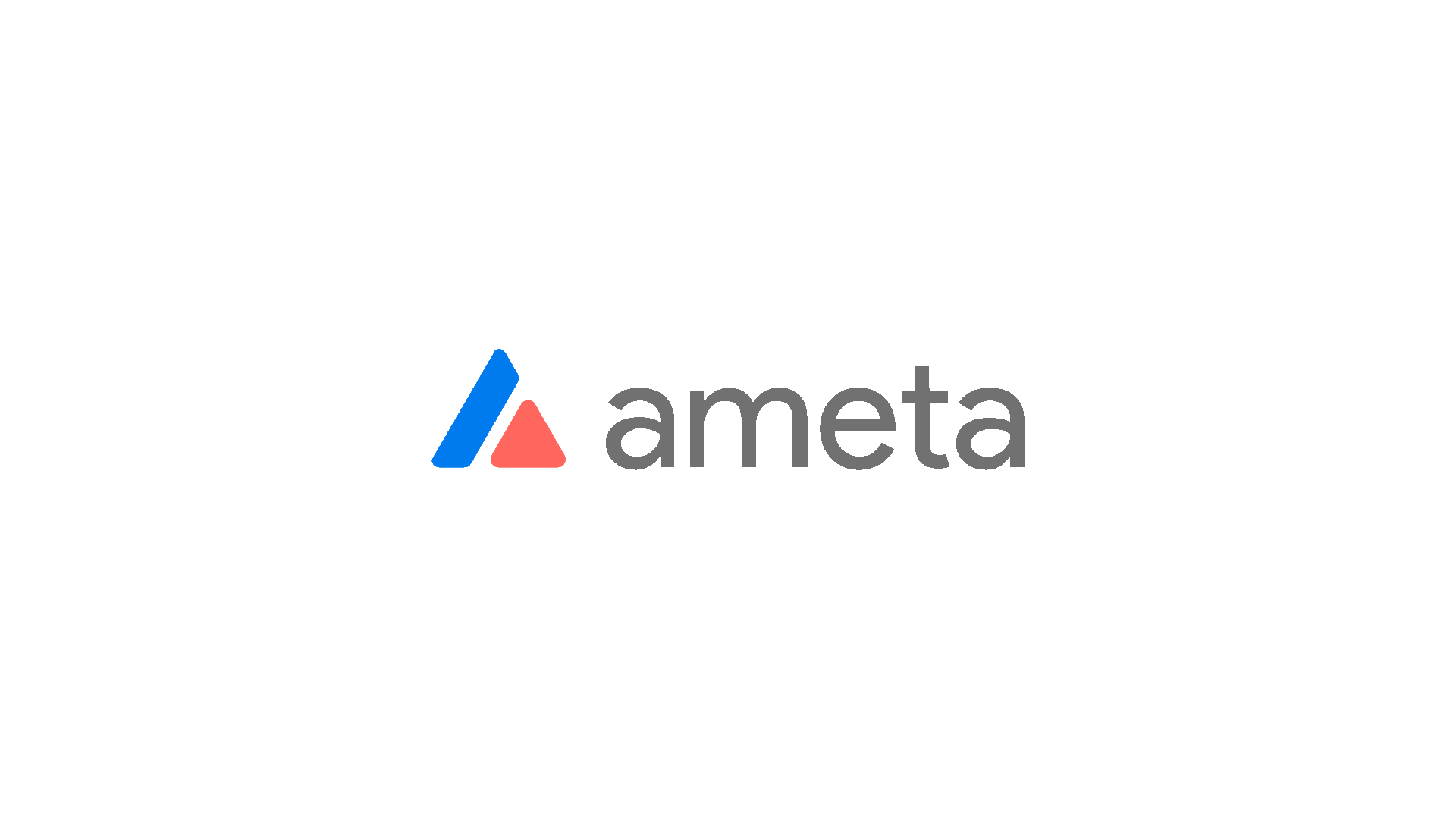Take the next step
Whether you’re a new or established business, taking payments in-store, online or on the go, our team is ready to start exploring options with you.
Transform your retail experience with one of our in-store solutions.
Accept payments any time, anywhere with an online payment solution.
Take your business on the go with one of our mobile solutions.
Need help? You’re in the right place.
Carefully curated to better serve you.
You have questions? We have answers.
Complex terms - simplified.
Experience a higher level of service.
You have a problem? We have a solution.
A chargeback is a form of dispute resolution that can be used by customers to get their money back when they have a problem with a purchase. There are several steps that you can take to try and prevent chargebacks from happening, but if they do occur, there are also procedures that you can follow to help resolve the issue.
Chargebacks can be a frustrating experience for both merchants and customers, but with the right knowledge and tools, they can be resolved efficiently and effectively.
The chargeback resolution process was designed with two main goals in mind – The first being to limit consumer liability and protect them from fraudulent or unauthorized transaction, and the second to protect consumers from careless merchants that sell defective merchandise, fail to deliver on promises, incorrectly charge a customer, or refuse to provide a refund when it’s warranted.
Giving consumers the ability to chargeback a transaction gave them the confidence needed to use their credit cards and helped to establish the trust necessary for them to become the widely used payment method worldwide.
For there to be a chargeback, there must first be a purchase made. Either in-person or online.
Once the cardholder reviews the unauthorized or unrecognized transaction on their online banking or monthly statement, or if there’s an issue with the goods or services they received from the merchant, they contact their card issuer to investigate the transaction.
A chargeback reason code is a numeric code that indicates the reason for a chargeback. Each card network has its own list of reason codes. (You can find more on “Reason Codes” below. )
If the card issuer decides there is validity to the complaint, a reason code will be assigned, and the investigation will begin with the funds being removed from the merchants bank account.
At this point, the processor will submit any evidence it has for review on behalf of the merchant. This evidence will often include receipts, invoices, communication, and any other documentation or information the merchant may have collected from the customer.
If the merchant is not able to provide any evidence, the chargeback will be decided in the customers favor and the funds will be released to the customer.
If the issuer is satisfied with the evidence provided by the merchant, the funds that were removed will be credited back the merchants bank account.
If the issuer has decided in the customers favor, the money will be released back to the customer. If the claim was decided in the merchants favor, the customer has the option to either accept the outcome, or file for arbitration.
If the chargeback is decided in the merchants favor, the customer will have the option to take the claim to arbitration. If the customer decides to move forward the pair will enter a stage called “Pre-Arb” or “Pre-Arbitration”, which is a stage in the process where the card issuer and merchant attempt to resolve the dispute without going to arbitration.
If no resolution is possible, then the merchant will have the opportunity to accept the arbitration case or drop it altogether. Acceptance of the case means acceptance of higher fees if you loose, so this is a decision that shouldn’t be made lightly.
Should the merchant decide to proceed with Arbitration, the final judgement will be up to the card network itself (Visa, Mastercard, etc..).
Typically chargebacks for fraudulent or unauthorized transactions are discovered when customers view charges they don’t recognize on their bank statement or online banking.
Businesses must stay diligent to prevent fraudulent or unauthorized transactions. Instituting fraud controls like 3-D Secure, regularly monitoring chargeback trends, instituting strict KYC (Know Your Customer) protocols and focusing on customer satisfaction are all methods of prevention that help reduce the risk of chargeback disputes.
The most common type of chargeback claim according to Charebacks911, Friendly Fraud or First Party Fraud occurs when a customer purchases a product or service and then claims that the transaction was unauthorized in order to get a refund.
While preventing friendly fraud can be extremely difficult, businesses can give themselves a fighting chance by meticulously documenting orders, performing ID verifications, as well as implementing simple return policies and easy to access communication channels.
Chargebacks for damaged or defective merchandise are initiated by the customer as a form of consumer protection. The customer is entitled to receive merchandise that is in good condition and as described, and if this is not the case, they have the right to dispute the charge and request a refund.
To minimize or even eliminate chargebacks due to damaged or defective merchandise, businesses need to be diligent in ensuring quality control measures are in place. In addition, chargebacks of this nature can be avoided by having a clear and concise return policy in place.
Chargebacks that occur because a customer is dissatisfied with a service they received, rather then product, can be some of the toughest for businesses to win, since being dissatisfied with the quality of something is generally subjective.
Make sure your service descriptions clearly outline what your customers are getting for their money. Providing accurate time frames for completion, and clearly communicating any potential issues or delays can help prevent chargebacks of this nature.
One of the most common causes of chargebacks is shipping or delivery issues. Poor handling, inadequate tracking, and unexpected delivery fees are all factors that contribute to customers disputing charges.
Having a clear policy regarding shipping costs, customer returns, or supply chain disruptions can help prevent these types of disputes in the future
Poorly written descriptions or unclear product images can lead customers to feeling mislead or disappointed with their purchase, often resulting in chargebacks.
Product Descriptions should provide easy-to-understand insight into the features and benefits of the product, and images or videos should be clear, so that customers know exactly what they will receive.
If a customer’s statement or online banking is showing a different business name then the one they are familiar with, the customer might get confused and submit a chargeback claim.
Business should make sure their business name and branding is clear and consistent on all forms of communication with customers. From receipts and invoices to the registered business name that gets posted to the customers bank or credit card statement.
| 10.1 EMV Liability Shift Counterfeit Fraud | This reason code indicates that the chargeback was issued due to a fraud dispute where the card used in the transaction was determined to be counterfeit and the merchant is liable for the loss according to the EMV liability shift rules. |
| 10.2 EMV Liability Shift Non-Counterfeit Fraud | This reason code indicates that the chargeback was issued due to a fraud dispute where the card used in the transaction was determined to be genuine but the transaction is still considered fraud and the merchant is liable for the loss according to the EMV liability shift rules. |
| 11.2 Declined Authorization | This reason code indicates that the chargeback was issued because the merchant did not obtain an authorization for the transaction or the authorization was declined by the issuer. |
| 12.5 Incorrect Amount | This reason code indicates that the chargeback was issued because the amount of the transaction was different than what the cardholder authorized. |
| 12.6.1 Duplicate Processing | This reason code indicates that the chargeback was issued because the transaction was processed multiple times by the merchant. |
| 13.1 Product/Service not Received | This reason code indicates that the chargeback was issued because the cardholder did not receive the product or service they purchased. |
| 13.2 Cancelled Recurring Transaction | This reason code indicates that the chargeback was issued because the cardholder had previously cancelled or requested to cancel a recurring transaction. |
| 13.3 Not as Described or Defective Product/Service | This reason code indicates that the chargeback was issued because the product or service received by the cardholder was not as described or was defective. |
| 13.4 Counterfeit Merchandise | This reason code indicates that the chargeback was issued because the cardholder believes they received counterfeit merchandise. |
| 13.5 Misrepresentation | This reason code indicates that the chargeback was issued because the cardholder believes the merchant made false or misleading statements about the product or service. |
| 13.6 Credit Not Processed | This reason code indicates that the chargeback was issued because the cardholder requested a credit for the transaction but it was not processed by the merchant. |
| 4834 Point of Interaction Error | This reason code indicates that there was an error at the point of interaction, such as a terminal or POS system malfunction, that resulted in the transaction being processed incorrectly. |
| 4834 Transaction Amount Differs | This reason code indicates that the amount of the transaction is different from what was authorized or agreed upon. |
| 4834 Duplication/Paid by Other Means | This reason code indicates that the transaction was duplicated or paid for by another means, such as a credit or refund, resulting in the cardholder being charged twice for the same transaction. |
| 4837 No Cardholder Authorization | This reason code indicates that the chargeback was issued because the merchant did not obtain an authorization from the cardholder or the authorization was declined by the issuer. |
| 4849 Questionable Merchant Activity | This reason code indicates that the chargeback was issued due to suspicious or questionable activity on the part of the merchant. |
| 4871 Chip / PIN Lost / Stolen / Never Received Issue (NRI) Fraud | This reason code indicates that the chargeback was issued due to a fraud dispute involving a lost, stolen, or never received chip and pin card. |
| 4853 Goods or Services Not Provided | This reason code indicates that the chargeback was issued because the cardholder did not receive the goods or services they purchased. |
| 4853 No-Show Hotel Charge | This reason code indicates that the chargeback was issued for a no-show hotel reservation. |
| 4853 Goods/Services not as Described or Defective | This reason code indicates that the chargeback was issued because the goods or services received by the cardholder were not as described or were defective. |
| 4853 No Show/Addendum/ATM Dispute | This reason code indicates that the chargeback was issued for a no-show or dispute related to an addendum or ATM transaction. |
| 4853 Credit Not Processed | This reason code indicates that the chargeback was issued because the cardholder requested a credit for the transaction but it was not processed by the merchant. |
| A01 Charge amount exceeds authorization amount | This reason code indicates that the chargeback was issued because the transaction amount exceeded the amount that was authorized by the cardholder. |
| A02 No valid authorization | This reason code indicates that the chargeback was issued because the merchant did not obtain a valid authorization for the transaction. |
| C02 Credit not processed | This reason code indicates that the chargeback was issued because the cardholder requested a credit for the transaction but it was not processed by the merchant. |
| C04 Goods/services returned or refused | This reason code indicates that the chargeback was issued because the goods or services were returned or refused by the cardholder. |
| C08 Goods/Services Not Received or Only Partially Received | This reason code indicates that the chargeback was issued because the cardholder did not receive the goods or services they purchased or only received a partial shipment. |
| C18 “No Show” or CARDeposit Canceled | This reason code indicates that the chargeback was issued for a no-show or a cancellation of a card deposit. |
| C31 Goods / Services Not as Described | This reason code indicates that the chargeback was issued because the goods or services received by the cardholder were not as described. |
| M10 Vehicle Rental – Capital Damages | This reason code indicates that the chargeback was issued for damages to a rental vehicle that were not covered under the standard rental agreement. |
| FR2 Fraud Full Recourse Program | This reason code indicates that the chargeback was issued due to fraud under American Express’s Full Recourse Program. |
| P05 Incorrect Charge Amount | This reason code indicates that the chargeback was issued because the amount of the transaction was incorrect. |
| P08 Duplicate Charge | This reason code indicates that the chargeback was issued because the transaction was processed multiple times by the merchant. |
| AA Cardholder Does Not Recognize | This reason code indicates that the chargeback was issued because the cardholder does not recognize the transaction on their statement. |
| AP Canceled Recurring Transaction | This reason code indicates that the chargeback was issued because the cardholder had previously canceled or requested to cancel a recurring transaction. |
| DP Duplicate Processing | This reason code indicates that the chargeback was issued because the transaction was processed multiple times by the merchant. |
| PM Paid by Other Means | This reason code indicates that the chargeback was issued because the transaction was paid for by another means, such as a credit or refund, resulting in the cardholder being charged twice for the same transaction. |
| RG Non-Receipt of Goods or Services | This reason code indicates that the chargeback was issued because the cardholder did not receive the goods or services they purchased. |
| RM Quality Discrepancy | This reason code indicates that the chargeback was issued because the goods or services received by the cardholder did not meet their expectations or were defective. |
| DA Declined Authorization | This reason code indicates that the chargeback was issued because the merchant did not obtain an authorization for the transaction or the authorization was declined by the issuer. |
| NA No Authorization | This reason code indicates that the chargeback was issued because the merchant did not obtain an authorization for the transaction. |
| UA01 Fraud / Card Present Environment | This reason code indicates that the chargeback was issued due to fraud in a card present environment. |
| UA02 Fraud / Card-Not-Present Environment | This reason code indicates that the chargeback was issued due to fraud in a card-not-present environment. |
| UA11 Cardholder claims fraud (swiped transaction, no signature) | This reason code indicates that the chargeback was issued due to a fraud dispute involving a swiped transaction where the cardholder did not provide a signature. |
Please take note that these codes and their definition may change over time and may differ from one country to another, so it’s best to check with your acquirer or the card network for the most up-to-date information.
Chargebacks are a part of doing business, but that doesn’t mean they have to be a headache. With the right tools and knowledge in hand, you can resolve chargebacks quickly and efficiently, without causing undue stress for yourself or your customer.
Follow us on Instagram to stay up to date with us.



Whether you’re a new or established business, taking payments in-store, online or on the go, our team is ready to start exploring options with you.

Ameta is partnered with industry leaders to deliver a tailored merchant experience that’s hassle-free and cost-effective.
© 2024 Ameta Merchant Solutions
Let us show you how we make a difference. Fill out this form and select a good call back date and time. We’ll have an account manager reach out to discuss your goals.